Pope Francis, the dynamic reformer who earned deep admiration from many Catholics while unsettling Church traditionalists, passed away on Monday at the age of 88.
The Argentine-born pontiff, who led the Catholic Church from March 2013, had spent 38 days in Rome’s Gemelli hospital receiving treatment for double pneumonia before being discharged on March 23, seemingly on the mend.
His death followed just a day after he appeared on the balcony of Saint Peter’s Basilica, greeting worshippers during Easter Sunday celebrations.
Here are a few key facts about Pope Francis, who has died aged 88:
– Jorge Mario Bergoglio was born in Buenos Aires, Argentina, on December 17, 1936, to a family of Italian immigrants. He was ordained as a Jesuit priest in 1969, and from 1973 to 1979 served as the order’s provincial leader in Argentina. He became auxiliary bishop of Buenos Aires in 1992, later rising to archbishop in 1998, and was appointed cardinal by Pope John Paul II in 2001.
– In a surprise to many Church observers, Bergoglio was elected pope in March 2013 after the resignation of Pope Benedict XVI. He chose the name Francis in honor of Saint Francis of Assisi, signaling his focus on poverty, peace, and environmental stewardship.
– Francis was the first Latin American pope, the first Jesuit to ascend to the papacy, and the first non-European leader of the Catholic Church in over 1,300 years. The Jesuit order is known for its commitment to education, social justice, and service to the poor and marginalised.
– He shunned many of the traditional trappings of the papacy, preferring to live in a modern Vatican guest house rather than the grand papal apartments in the Apostolic Palace. He pared back the papal wardrobe, wore a plastic watch and chose to be driven around in a simple family car.
– He soon clashed with conservatives, who were unhappy with his informal style from the start. They balked at his calls for the Church to be more welcoming to LGBT people and divorced Catholics and at his clampdowns on the use of the traditional Latin Mass.
– Francis made 47 trips outside of Italy, visiting more than 65 states and territories, clocking up more than 465,000 km (289,000 miles). However, he never returned to Argentina.
– He initiated changes within the Vatican, emphasizing transparency, accountability and financial reform, and appointed more women to senior posts in its hierarchy. However, he was also viewed as a haphazard leader, often blindsiding Vatican officials with his off-the-cuff comments and unpredictability. Despite many efforts, he struggled to get a grip on the Church’s crisis over sexual abuse by clerics.


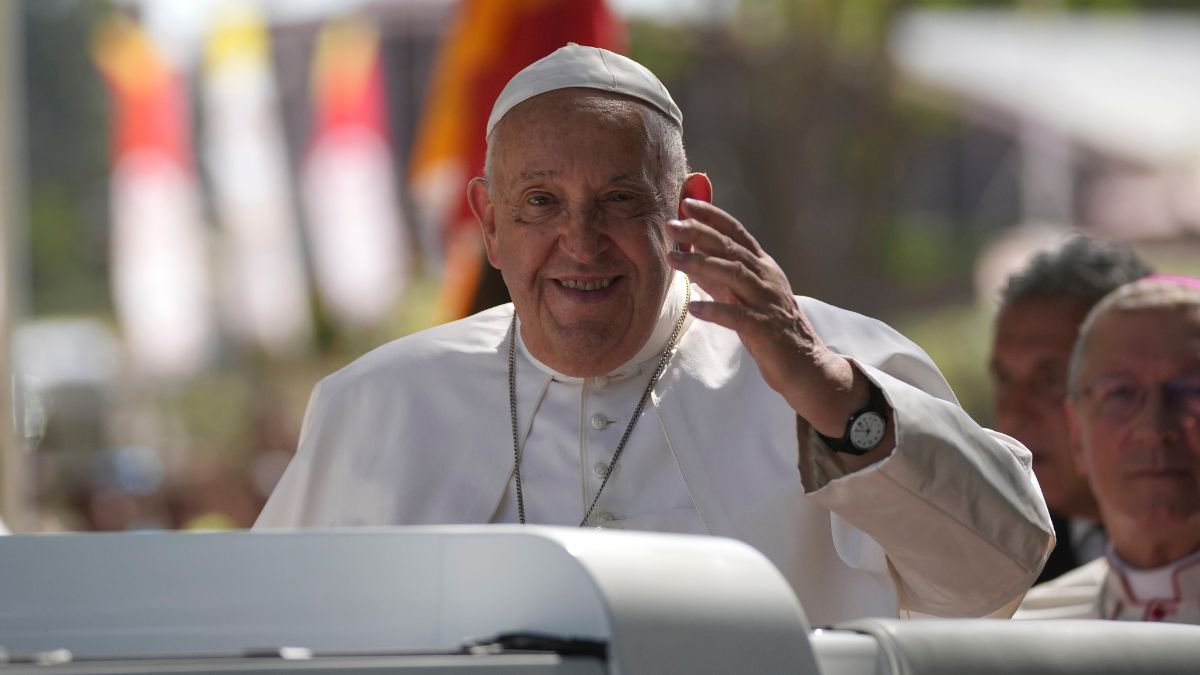)
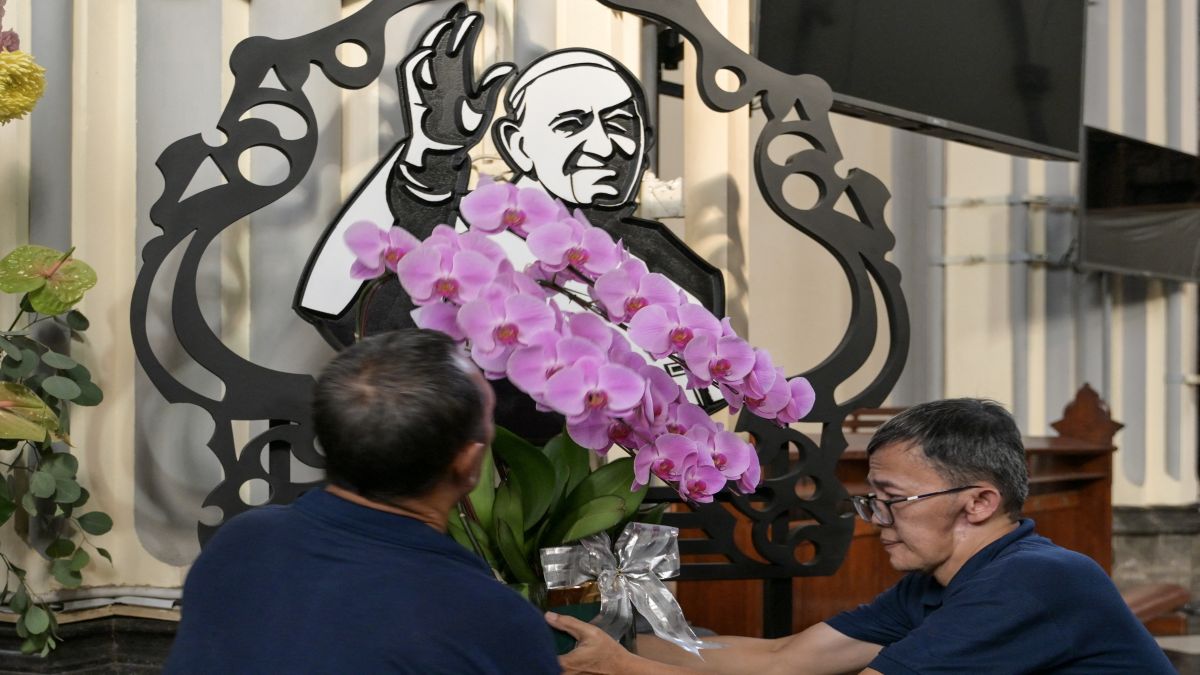)
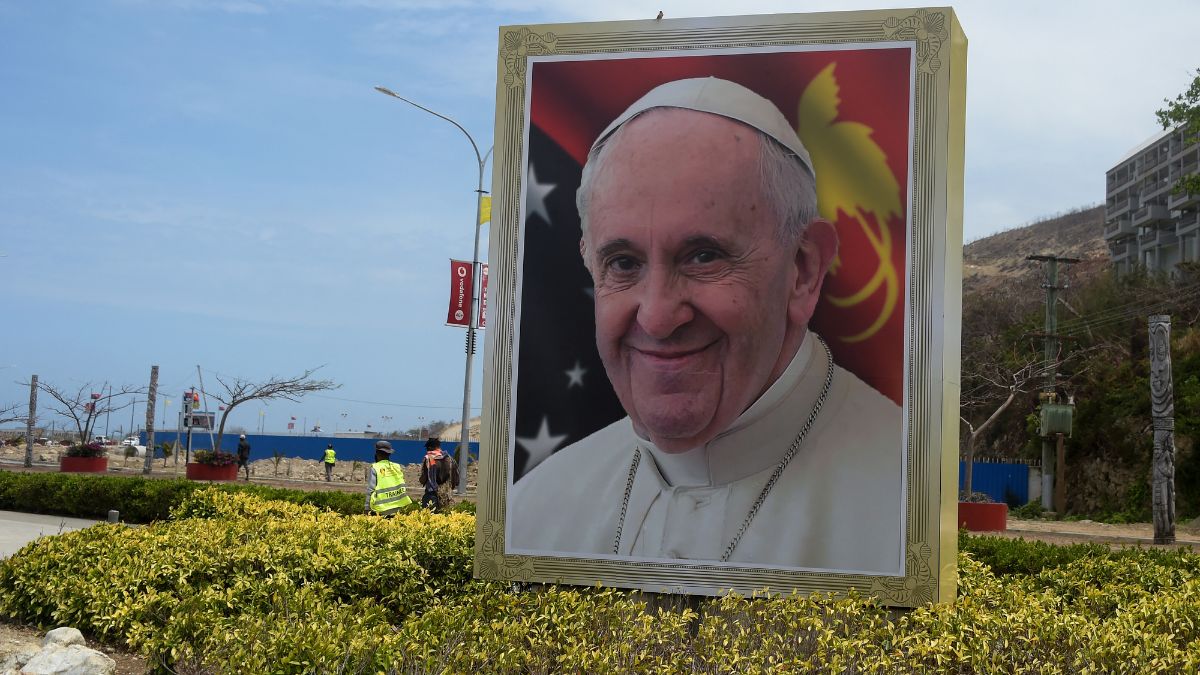)
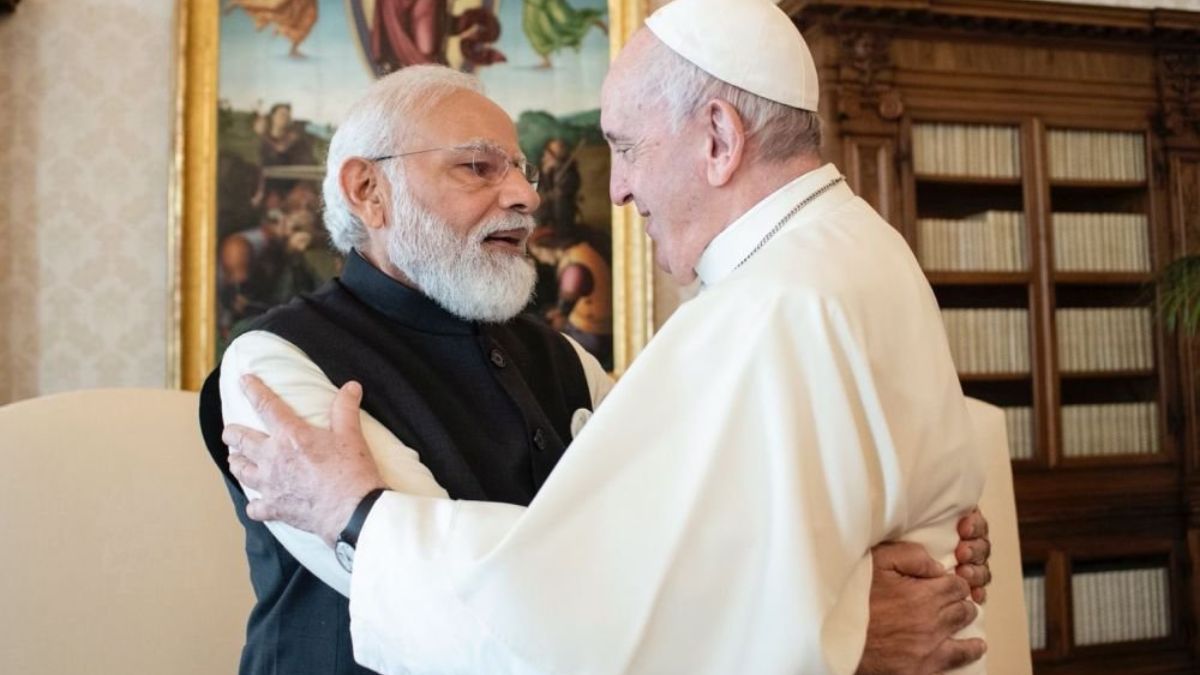)
)
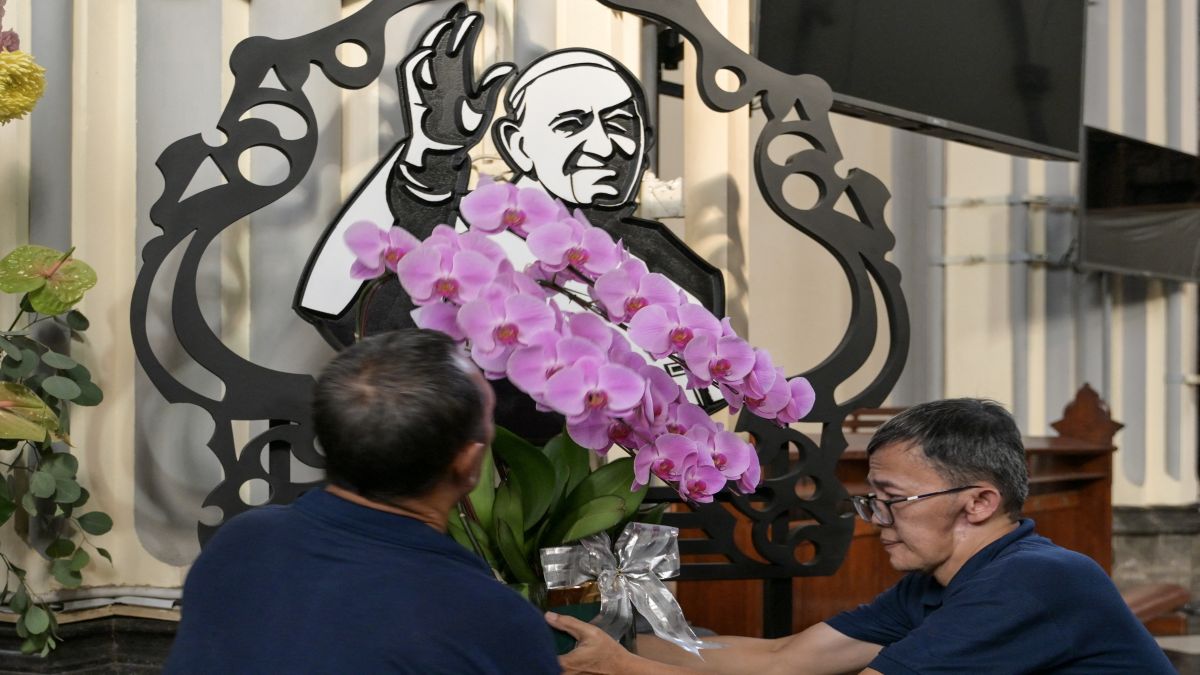)
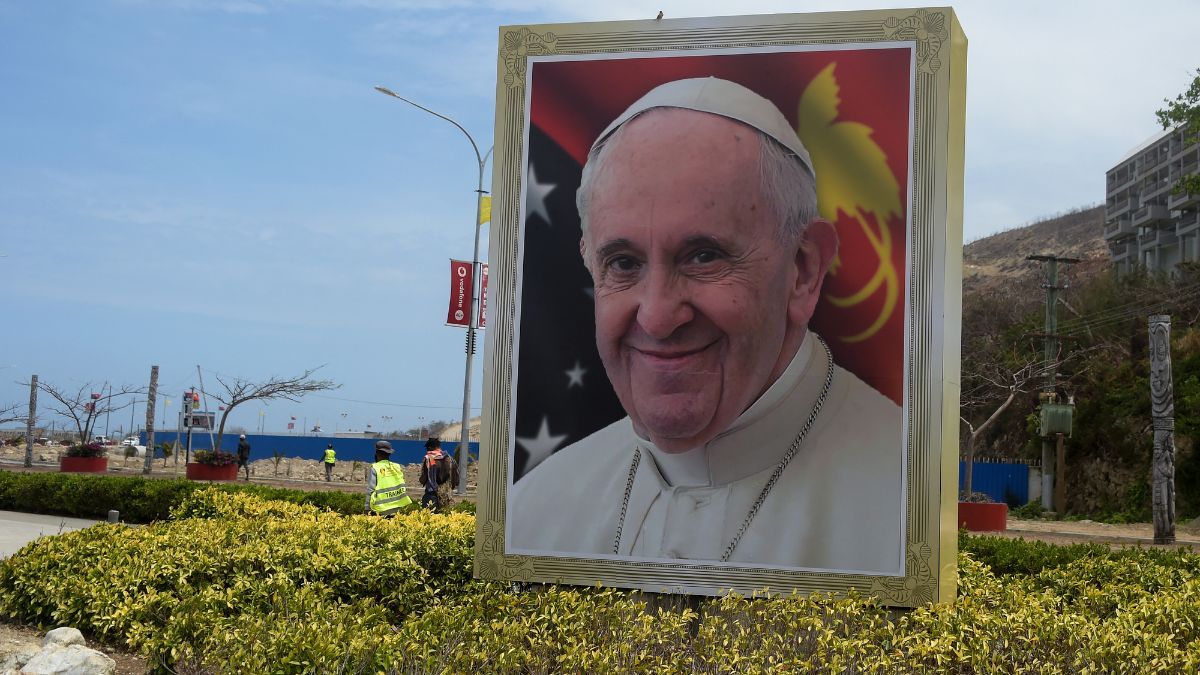)
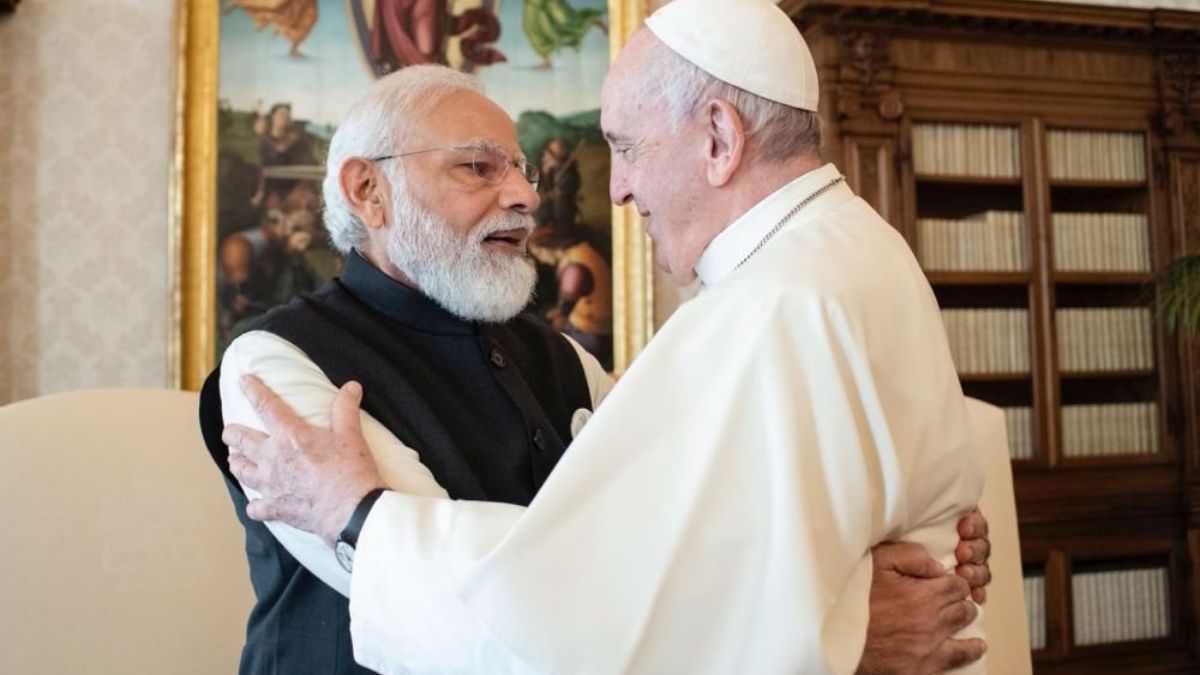)
)